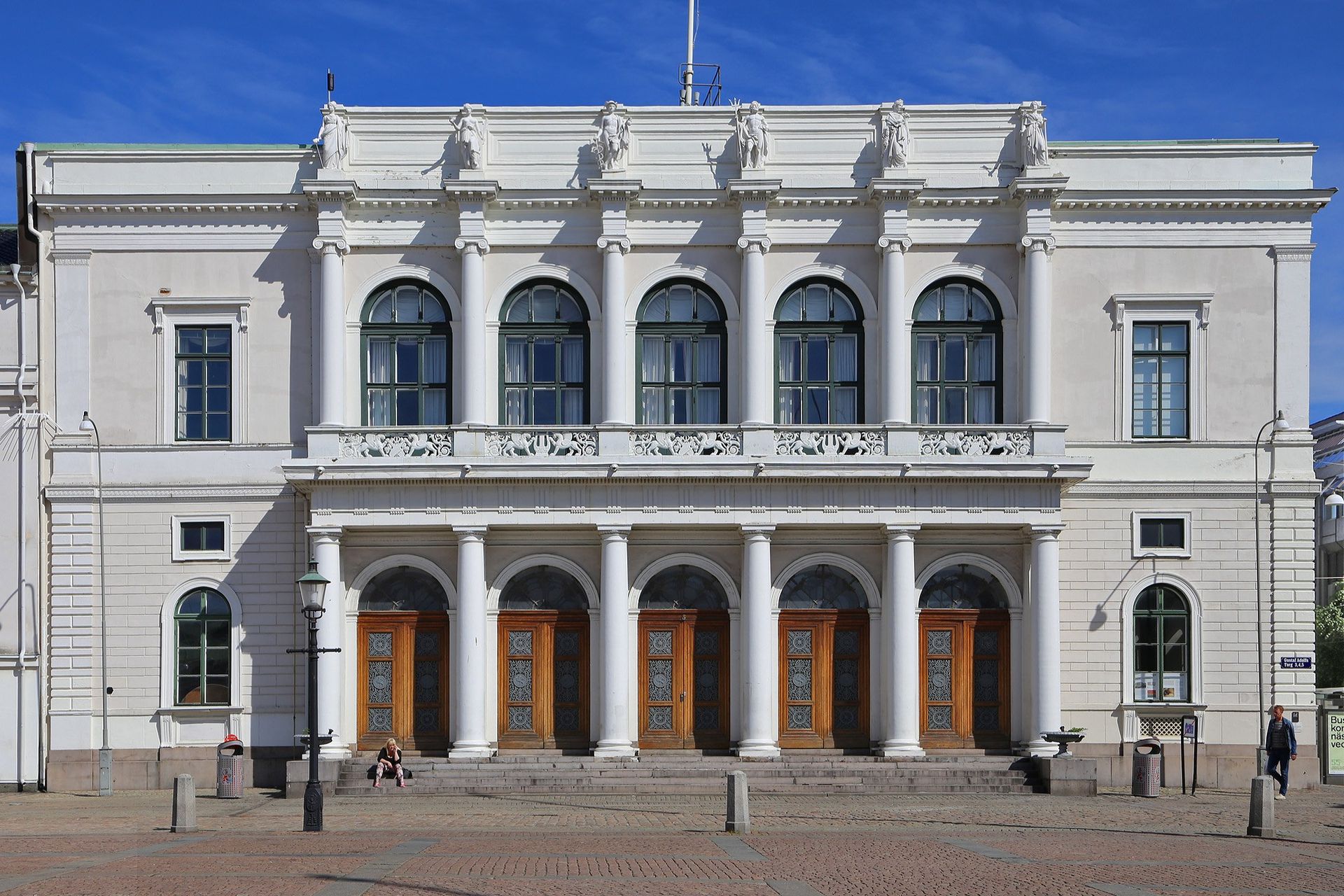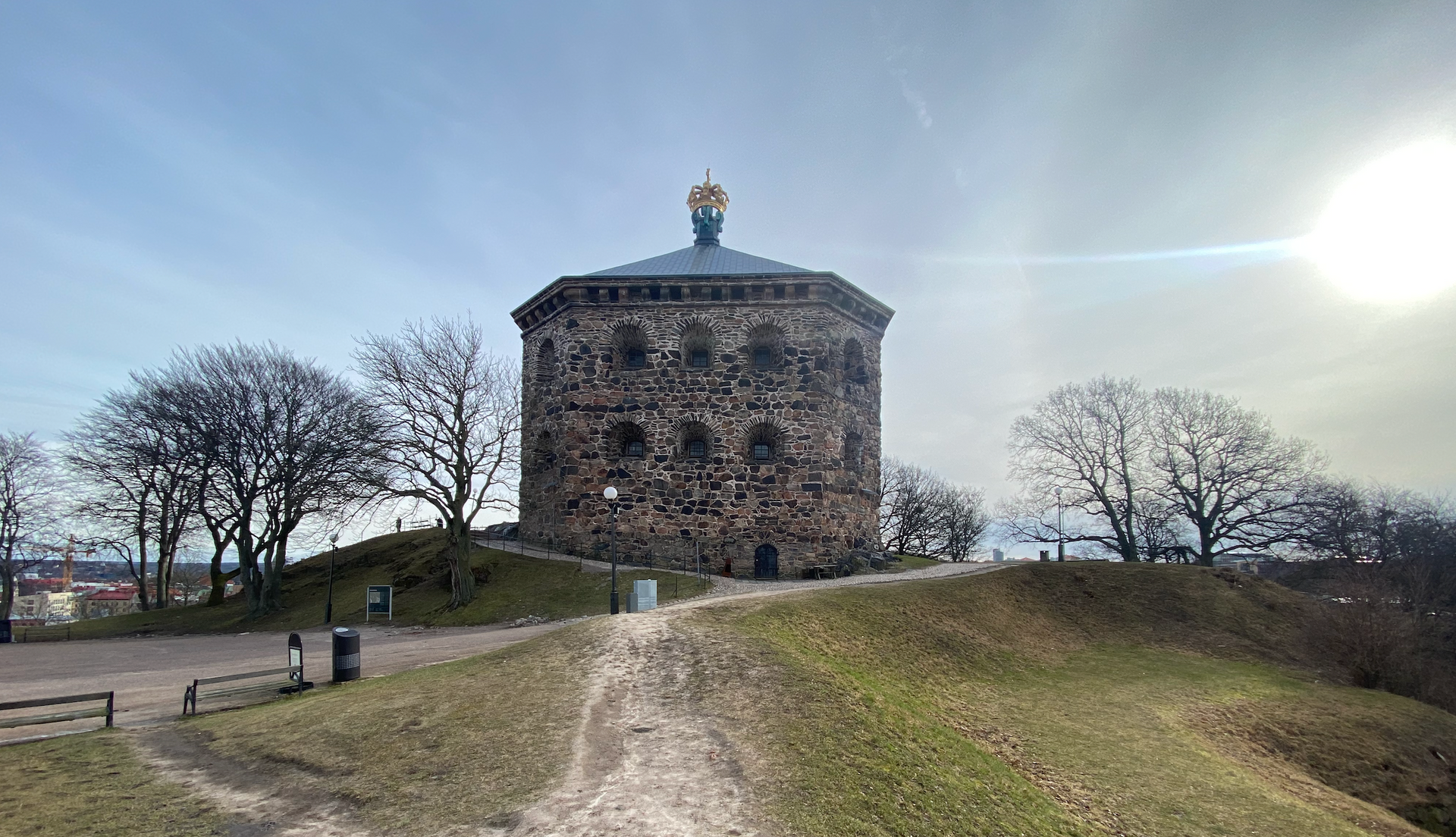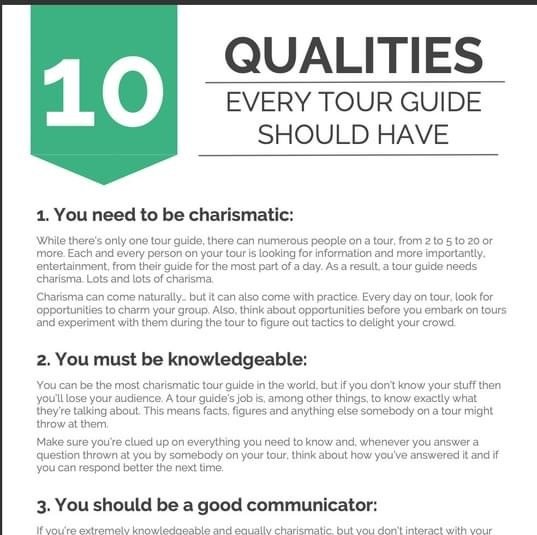"The Nile River: Essential Information for Our Team to Learn and for Our Traveller's to Discover"

The Nile River: Lifeblood of Egypt
The Nile River is not only the longest river in the world but also the lifeblood of Egypt. Flowing through the heart of the country, it has been a source of life, sustenance, and prosperity for thousands of years. Here’s everything you need to know about the Nile and its importance to Egypt.
1. Length and Origin
The Nile River stretches an impressive 6,650 kilometers (4,135 miles), making it the longest river on Earth. It originates from two main tributaries: the White Nile, which begins in East Africa, and the Blue Nile, which starts in Ethiopia. The two tributaries meet in Sudan, forming the main river that flows northward.
2. Countries the Nile Passes Through
The Nile flows through a total of 11 countries, making it one of the most vital rivers in Africa. The countries it passes through include:
- Uganda
- Sudan
- South Sudan
- Ethiopia
- Kenya
- Tanzania
- Rwanda
- Burundi
- Congo-Kinshasa
- Eritrea
- Egypt
In Egypt, the Nile is especially significant, as it forms the foundation of the country’s civilization and continues to be central to its economy.
3. The Nile in Egypt
In Egypt, the Nile flows from the southern border near Aswan, entering from Sudan, and travels northward toward the Mediterranean Sea. The river divides Egypt into two regions: Upper Egypt (in the south) and Lower Egypt (in the north). The fertile land along its banks, known as the Nile Delta, is home to a large portion of Egypt’s population.
The river’s path through Egypt forms a distinctive shape, with the land narrowing as it travels north and splitting into multiple branches in the delta before reaching the sea, creating a fan-like appearance in aerial views.
4. Importance to Ancient Egypt
The Nile was crucial to the development of ancient Egyptian civilization. For centuries, it has provided the water needed for agriculture, making it one of the most important factors behind Egypt’s prosperity. The annual flooding of the Nile deposited nutrient-rich silt along the riverbanks, allowing Egyptians to grow crops like wheat, barley, and flax. This regular flood cycle was so important that the ancient Egyptians relied on it for their agricultural calendar.
The Nile also served as a major transportation route. Boats and barges traveled its length, connecting cities and regions across the land, allowing for trade, communication, and cultural exchange. The river's steady flow of water made it an essential lifeline for Egypt’s population.
5. The Role of the Nile in Ancient Egyptian Religion
The Nile also held religious significance for the ancient Egyptians. It was often associated with the gods, particularly the god Hapi, who was believed to control the river’s floods. The ancient Egyptians saw the river as a divine gift that sustained them and their society. Many temples and shrines were built along its banks to honor gods and ensure the continued fertility and prosperity that the Nile brought.
6. The Nile’s Influence on Egyptian Culture and Economy
Today, the Nile continues to play a critical role in Egypt’s agriculture, providing water for irrigation and supporting the cultivation of crops in the desert regions. It is also vital for Egypt’s economy, serving as a major waterway for trade and transport. The Nile's role in tourism is also significant, as traveller's come to explore its historic banks, enjoy river cruises, and visit ancient monuments like those in Luxor and Aswan.
Conclusion
The Nile River is much more than just a body of water; it is an integral part of Egypt’s identity and history. From the ancient Egyptians’ reliance on its flooding to the modern use of its waters for agriculture and tourism, the Nile remains Egypt's most important natural resource. Without it, Egypt would not have become the powerful and enduring civilisation it is today.
"Related Tours" book Now
-
Cairo Nile ActivitiesList Item 1
Cairo Nile Activities: Experience the magic of the Nile in Cairo with activities like river cruises, dinner on the Nile, and visits to historic landmarks along the river.
-
Luxor Nile ActivitiesList Item 2
Luxor Nile Activities: Discover Luxor’s ancient temples and tombs, and enjoy a scenic Nile cruise to experience the heart of Egypt's history.
-
Aswan Nile ActivitiesList Item 3
Aswan Nile Activities: Take a relaxing cruise along the Nile in Aswan, visit the stunning Abu Simbel temples, and explore Egypt's southernmost wonders.
Guiding Training & Insights


















